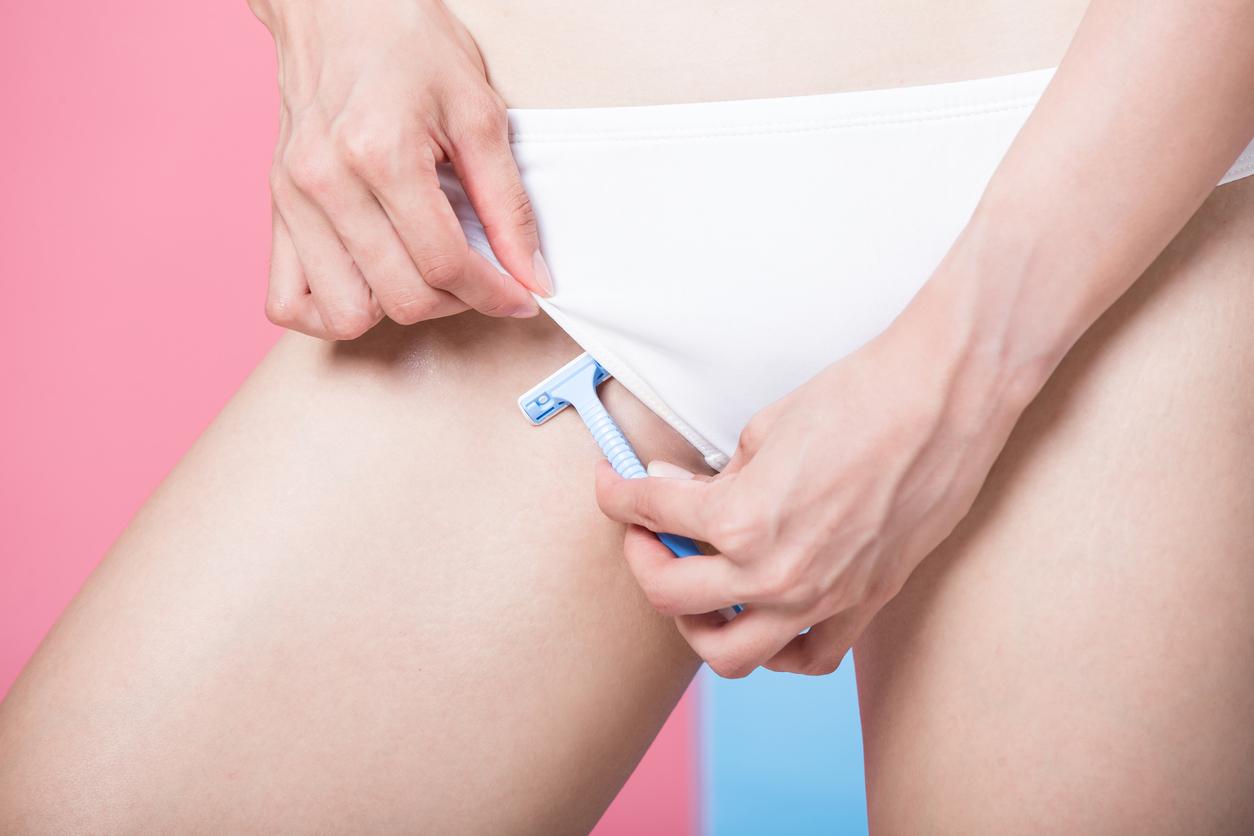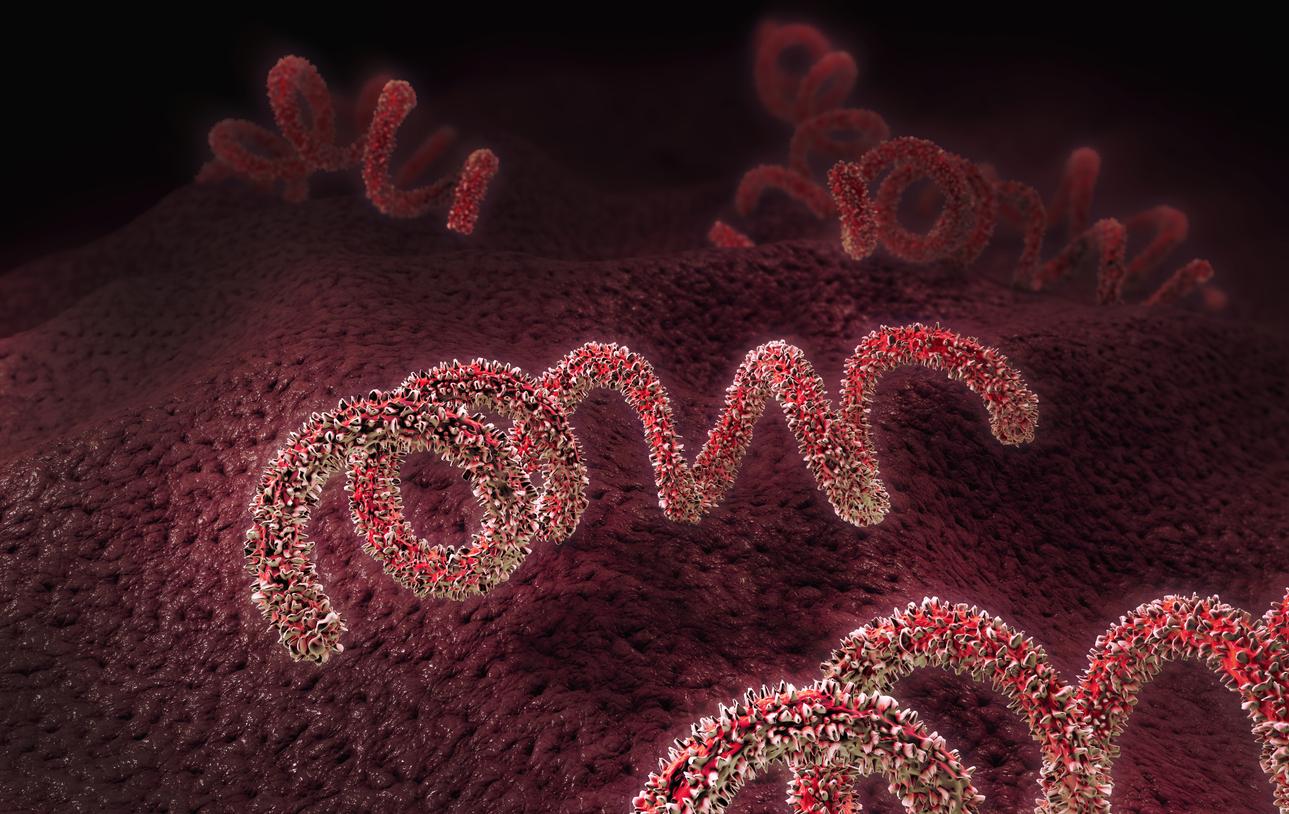According to a new Opinion Way poll, three out of four French women regularly wax their swimsuits. But this practice increases the risk of infections, warn gynecologists.

A gesture that many women make regularly without imagining the potential consequences. According to a recent Opinion Way study carried out for Saforelle, three out of four women wax their bikini line regularly, a practice that increases the risk of infection, because pubic hair protects the balance of vaginal flora. and preserve the vulva.
According to the survey of 1,200 women and 200 gynecologists, 65% of women say they wax mainly for their own comfort, 56% for hygiene and 41% for aesthetic reasons. Unfortunately, 92% of them noticed that the more they waxed, the greater the risk of developing irritation or itching.
Health professionals share this observation since almost one in two doctors say they observe an increase in pathologies linked to partial or total removal of pubic hair. Among these, simple ingrown hairs, itching or vaginal infections, mycosis types (generated by a yeast fungus, most of the time Candida Albicans), vaginosis or vaginitis. Despite everything, 60% of the women concerned declare that they do not dare to speak about it to professionals. Consequently, one in three respondents has no solution to relieve this kind of inconvenience.
Protective pubic hair
Why all these problems? When a pubic hair is removed, whether with a razor, wax or depilatory cream, the sebaceous gland attached to it is destroyed. However, the latter produces sebum. It is a lipid substance made up of fats intended to protect the skin and keep it supple. Without a sebaceous gland, the skin is no longer protected. Also, the water that rises to its surface evaporates very quickly and it becomes dry, irritable and fragile.
This is why women who also wax their vulva are even more vulnerable. It is more easily irritated by contact or friction with panty liners, too tight pants, or even underwear, especially when they are synthetic.
Also, if you absolutely want to wax your bikini line, to limit the risk of infection and preserve the balance of your vaginal flora, choose cotton underwear and avoid wearing pants that are too tight. Furthermore, it is recommended not to wash the inner area of the vagina and to clean the outside only with a greasy and unscented soap, without using an irritating washcloth.
A link between integral hair removal and STIs?
In the past, several studies have shown that women who waxed their entire bikini line had a higher risk of developing sexually transmitted infections. Indeed, according to many researchers, removing pubic hair would expose you to potential microtraumas or microcuts. However, these injuries would make them more vulnerable in the event of exposure to a virus or any type of STI.
However, a few months ago, an American study published in the very serious review PLOS Onecontradicted these results. By following 214 female students, the researchers found no link between pubic hair removal or shaving and contracted STIs. Several specialists then criticized these results, insisting in particular on the small size of the cohort.
“What influences a woman’s risk of contracting an STI is probably not so much her method of epilation as her sexual behavior, but a woman who epilates completely can also do so for hygienist considerations. , without having a sex life with multiple partners, she points out. We therefore definitely cannot trust this study, which does not indisputably show the degree of impact of hair removal on the risk of STIs”, commented in particular Dr. Odile Bagot, gynecologist and author of Vagin et Cie, we tell you everything! (ed. Mango), questioned by 20 minutes on the subject.

.

















